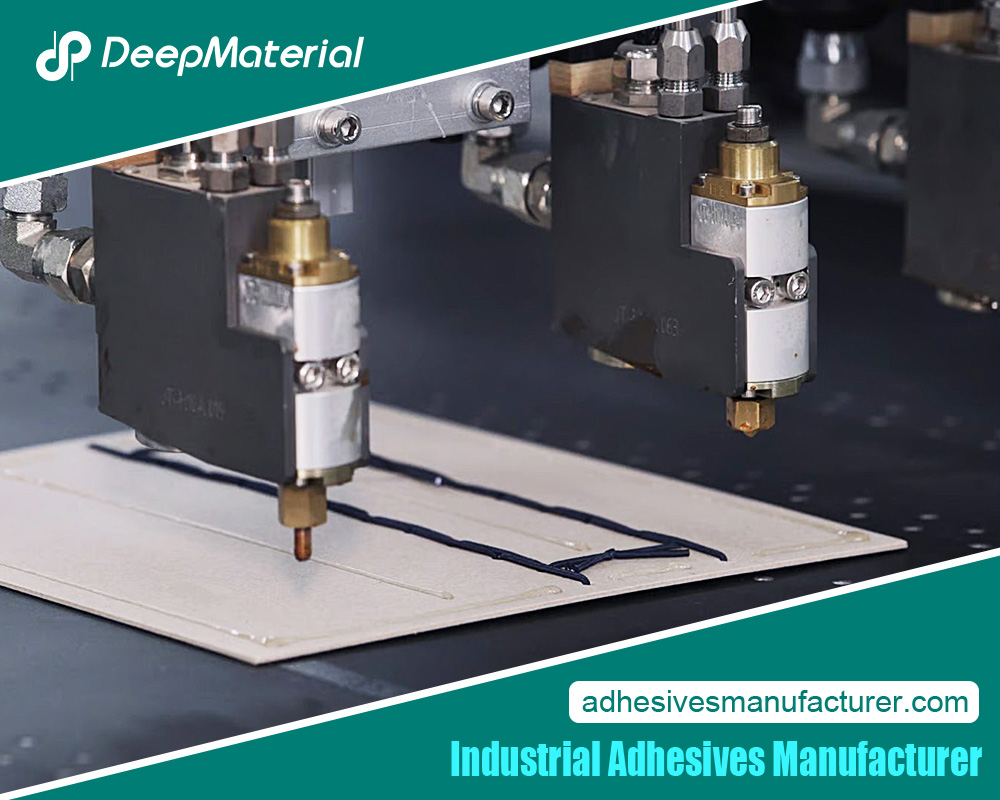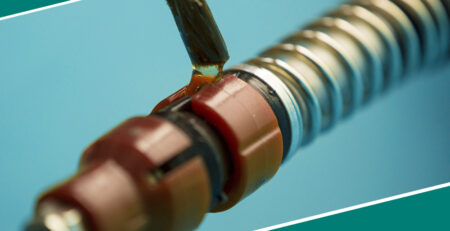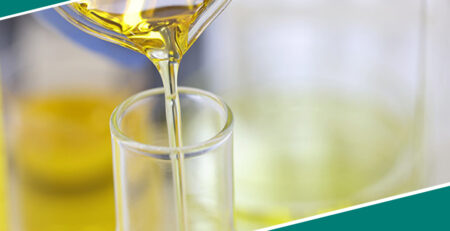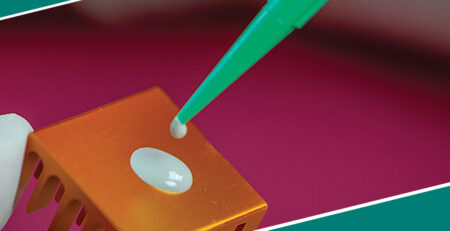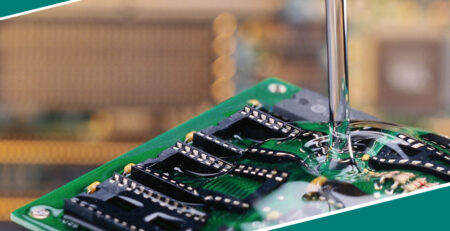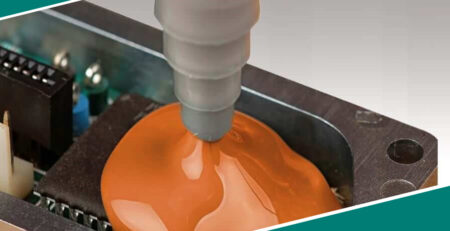What Is PCB Potting Material
What Is PCB Potting Material
PCB potting is a great way to shield circuit boards from heat, abrasions, impacts, chemicals and more by sealing them in an enclosure filled with a liquid substance referred to as potting compound or encapsulation resin. In many circumstances, the entire board and components are immersed in the material.
But sometimes, it’s only particular elements that receive this treatment. Whether epoxy, polyurethane or silicone-based compounds are used for streamlined security purposes as part of your hardware setup – you have to love having this high-level protection against the worst offenders Mother Nature musters up!
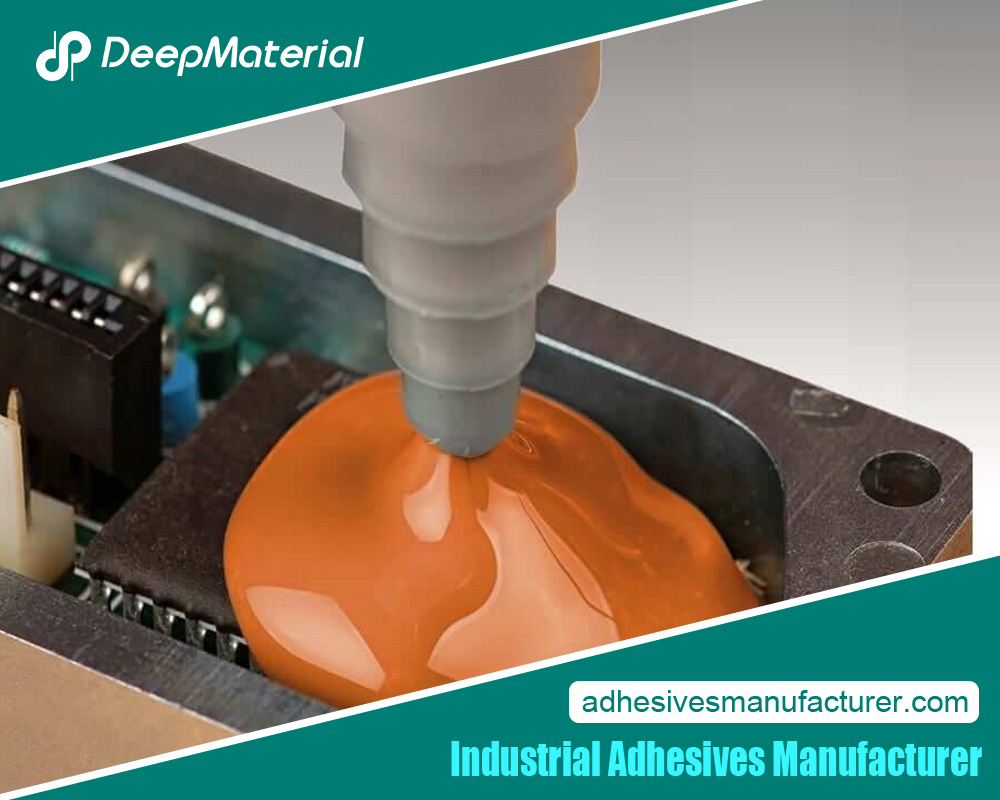
Types of PCB Potting
PCB potting materials actually exist in various forms. Therefore, highlighted below is a rundown of the different forms of PCB potting materials.
- Epoxy– There’s a PCB potting material you’ll often find in durable applications, boasting great chemical resistance and features like high adhesion got your back. The snag is that its curing time takes far too long to set.
- Polyurethane– Soft and squishy, polyurethane is a great material to guard delicate electronics from getting banged up since it’s much more pliable than other harder substances. But if extreme temperatures or moisture is an issue, you may need to find potting materials that offer more robust protection than this forgiving friend.
- Silicone– Potting compound is one of the toughest around, perfect for serious heating and cooling. But its price tag makes it too pricey for certain practical uses.
Why Has PCB Potting Become Necessary
Protecting cutting-edge applications is paramount – especially when dealing with exorbitantly expensive industrial or medical PCB boards. If a single component fails, it can take the entire board down with serious economic repercussions. Make sure to put up a fight before your high-dollar investments slip away!
Sealing materials should be responsible – able to withstand moisture, function despite thermal changes, and flaunt a low shrinkage rate. Flexibility and durability are basically non-negotiable since the sealant’s also part of the structure that holds wires in place, reducing weight while playing defense against fracture! Encasing PCBs serves double duty for protection.
Potting can weigh down your PCB assembly, clogging the system and making it challenging to fix potential issues within the setup. Thus, a two-phase mix with more intensity might be needed in such instances – especially when dealing with weight or thickness limitations. Finding an apt resolution under thick and heavy restrictions is a challenging task!
The Benefits of PCB Potting
Potting protects printed circuit boards (PCBs) or certain components with a layer of protective material. And trust me, many huge advantages come along with taking precautionary measures like this! Let’s have a peek at some key benefits PCB potting offers:
- Environmental Protection– Ensuring your PCBs are well protected is critical for having them last and function optimally. Potting gives you a reliable shield against moisture, dust, dirt, and chemicals that can cause deterioration in electronic components over time.
- Better Mechanical Strength– The potting material acts like armor for the PCB, defending it against beatings, rattling and all kinds of mechanical pressure. It’s invaluable for cases where the device is likely to take a beating or work under tough conditions. Protecting against these hostile environments truly makes an impact.
- Improved Heat Management– Potting compounds boasting a high level of thermal conductivity prove key ingredients for dissipating heat generated by electronic components found on printed circuit boards. This efficient method of thermal management prevents unwanted overheating, guaranteeing optimal performance and lengthening the life expectancy of those much-needed components.
- Shock and Vibration Resistance– Potting’s got your back, providing superior stability to components in their time of need. Whether it be dampening off vibratory remnants that come with automotive electrons or those nasty industrial shockwaves, potting recognition is a must for many setups – like a protective shield saves them from the unknown!
- Corrosion Prevention– Protecting your PCBs from corrosive agents like salt and acid is crucial, for oxidation and corrosion of metal components can easily ruin them. When it comes to outdoor or extreme climates where the presence of these substances is more likely, potting offers peace of mind; it’s a must!
- Enhanced Reliability– Potting gives PCBs a boost in demanding situations, like having to endure drastic temperatures, soggy humidity levels or contact with corrosive chemicals. It’s an incredibly invaluable asset in industries dealing with aerospace equipment, cars and industrial automation – ensuring your operations stay on track even when conditions are out of control!
- Simple Installation– Shielding the PCB with a potting compound can make it easier to move it around during assembly and installation, completely securing it in one go. This process creates a mini-haven for your board, which can be quickly and easily integrated into the final piece.
- Customization – Potting compounds are a blessing, offering makers various formulations that can be chosen based on the specific qualities desired – flexibility, hardness or even thermal conductivity! This allows producers to pick materials wisely and ensure their applications will have every requirement ticked off.
- Regulatory Compliance– Potting is essential to ensuring devices comply with the industry’s strict standards and regulations on environmental preservation, safety, and reliability — no small feat! It’s like a silent guardian watching over us all.
- Electrical Insulation– No doubt the potting material is essential for protecting the PCB and all its connected components. It safeguards against short circuits and keeps everything nice and insulated, basically serving as a shield to prevent contact with outside elements that could wreak electrical havoc. Without it, who knows what kind of mayhem we’d be left with!
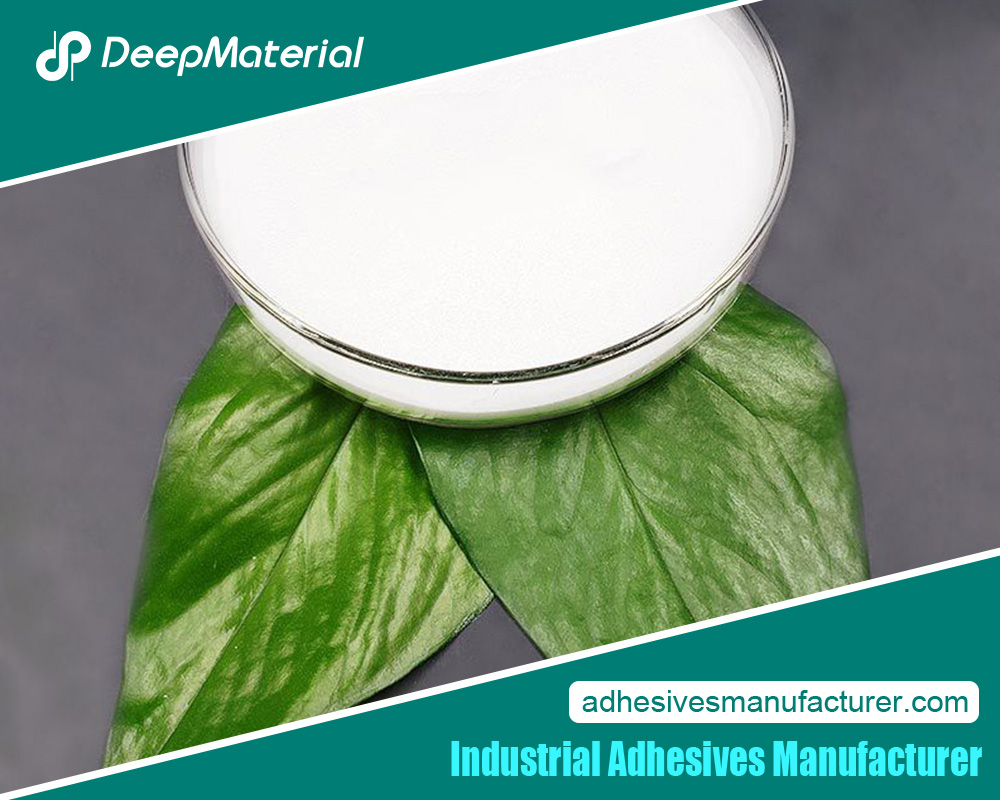
Final Thoughts
The power of PCB potting is remarkable. It not only grants electronic gadgets the robustness they need to function stably in a variety of conditions but also ushers them into countless industries. With its help, your tools will have an all-star level of reliability – so their longevity can exceed even your wildest expectations!
For more about a complete guide to PCB potting material, you can pay a visit to Deepmaterial at https://www.adhesivesmanufacturer.com/ for more info.


